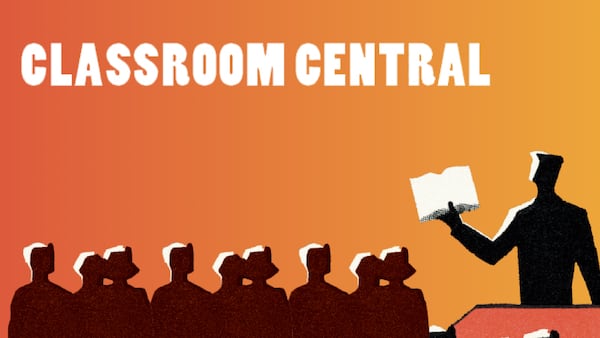It’s difficult to structure a story around characters that may not react ‘normally’ to life. How do you write a tv show about someone who doesn’t leave the house? Or someone who no longer enjoys life?
Obviously, no singular person’s experience with mental illness is the same, but there are people living their lives in situations like these and they deserve to be represented on screen.
You’re the Worst is a comedy about a group of hilariously narcissistic LA-dweller where two of the four main characters have diagnosed mental illnesses. Gretchen, a cynical day-drinker and a mouthy PR agent, suffers from clinical depression, and Edgar is a war veteran with Post-traumatic Stress Disorder (PTSD).
In an episode named Twenty-two (in reference to the disputed statistic that twenty-two American veterans die by suicide every day), the show broke away from its usual tone to spend an entire episode on Edgar. We experience the world through his eyes; he sees snipers on the roadside.
His brain is telling him that he’s still living in a war zone. He takes eleven medications, that he calls ‘a one size fits all cocktail of shut-up pills’. In a standout moment, a counsellor commends Edgar on having the courage to seek help, and his response is to ask if it should take courage to get the help you deserve. They answer is no, but that’s rarely the reality.
To read the rest of this story please follow this link: collegetribune.ie/how-is-mental-health-portrayed-on-tv/










